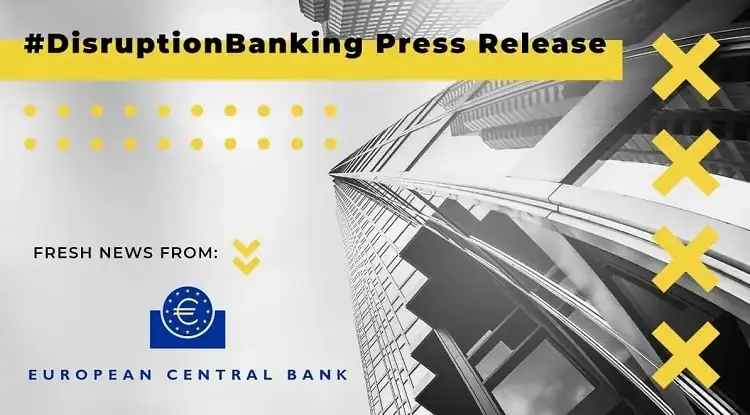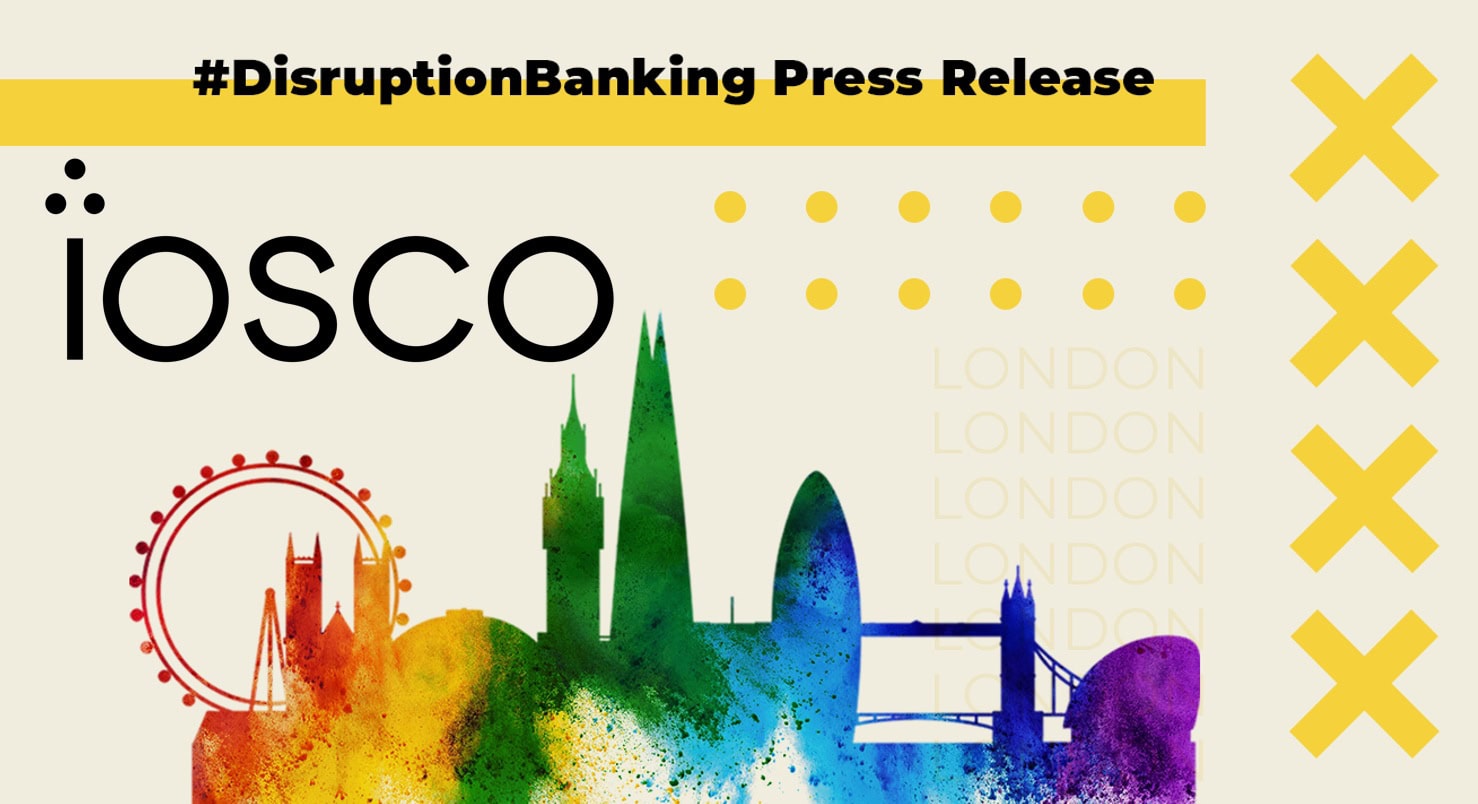When you hear the term “futurist”, what springs to mind besides the obvious? If you’re well informed, celebrated US computer scientist and inventor Ray Kurtzweil might be one person who does. Another might be Future Today Strategy Group head Amy Webb, considered one of the most influential business leaders in the world.
The term is a broad one, but one thing is for sure: futurists are not fortune tellers. If they have a crystal ball, it is very much the present. Oxford Languages, the digitally revamped Oxford Dictionary, defines a futurist as “a person who studies the future and makes predictions about it based on current trends”.
Futurist Thinking in the Corridors of Power
Sounds good on virtual paper, but do we actually need them? Well, governments certainly seem to think so.
In the UK, the Government Office for Science has a Futures, Foresight and Emerging Technologies department. Its mandate is to apply futurist thinking to “spot patterns of change, emerging trends, surprises, and disruptors”.
Engineering biology is a transformative technology with the ability to provide practical solutions to society’s biggest challenges.🦠
— Government Office for Science (@uksciencechief) June 18, 2025
You can find out about some of its applications in our 5-minute animated video: https://t.co/eKcxvGXOQG #EngineeringBiology pic.twitter.com/5V1rizzVg3
Since 1997, the Strategic Futures Group of the US National Intelligence Council (NIC) has published its Global Trends Report every four years. The most recent edition in 2021 outlines five potential future geopolitical scenarios for the world in 2040. For context, the NIC answers to the Director of National Intelligence, who acts as principal adviser to the US President and National Security Council.
While neither government body says it specifically employs futurists, both use strategic foresight and long-term planning – core tools of the futurist trade – to anticipate future challenges to sustainable environmental and social governance.
Finance in the Future
Matthew Griffin, strategic adviser and founder of the 311 Institute, says that looking at banking through a futurist lens renders it “unrecognisable” from what we know today. This will largely be because the tokenisation of money – essentially, digitalised asset ownership – will become integral to conducting transactions.
“Some organisations estimate the token economy will be bigger than the entire global economy,” he adds, citing a Boston Consulting Group report that estimates that it could be valued in the trillions of dollars by the end of this decade.
Griffin says this could see future financial markets adapt the points system used today by airlines to reward frequent flyers, applying a similar concept to a whole range of transactions.
“For instance, when we look at Ikea, in Dubai they are allowing people to pay for goods with time,” he told Visa Navigate. “The further you travel to a store, the greater discount you receive when you arrive.”
Three phases for tokenisation
— Decentralised.Co (@Decentralisedco) June 6, 2025
Phase 1 – Money-market funds and short-dated corporate debt move on-chain.
Phase 2 – Private credit, structured finance, and longer-dated bonds follow.
Phase 3 – Illiquid giants – PE, hedge funds, infrastructure, real-estate debt come last pic.twitter.com/7wmYIo4IUp
More Inclusive Finance
Fellow futurist Brett King agrees with Griffin that the financial world of the near-future will be a very different place. Still paying for things using a plastic card? How quaint.
“Financial inclusion has been a tremendous boon, largely due to the smartphone,” King says. He says this is because mobile phone banking has brought 1.4 billion people into the global financial system in the past decade. Prior to that roughly half the world’s population was unbanked.
Not only that, but the futurist view of banking envisions AI programs advising account holders on how best to invest their money. “In terms of the Golden Age, we suddenly have the technology here with AI to provide a bank account that can actually help you manage your money,” says King.
Sounds too good to be true? People might have said that about some of Kurtzweil’s earlier predictions – let’s take a look at a few to see how they’ve panned out.
5 #AI Banking applications to look out for#machinelearning #ML #bigdata #Fintech #deeplearning #chatbots #DL #techhttps://t.co/xBQH7x0s5L pic.twitter.com/1cHV6M4wOM
— AI (@DeepLearn007) May 2, 2017
Kurtzweil: Brief History of a Master Futurist
A glance at former Google engineer Kurtzweil’s resume of predictions, and you can see why governments and financiers are placing their faith in futurists. In his landmark 1999 book The Age of Spiritual Machines, he made several predictions that have since come to pass.
One was that people would start using portable computers – by the end of the following decade, laptop sales were reportedly overtaking desktops. Fast forward to 2024, when 58.7% of global website traffic was driven by mobile internet devices such as phones, tablets and laptops, a figure expected to rise to 60.9% this year.
That also confirmed another of Kurtzweil’s predictions, namely that mobile phones themselves would become handheld computers. If you’re still doubting that one, check your pocket or handbag.
The living legend presaged another ubiquitious tech function – Apple’s Siri, Amazon’s Alexa and Google Assistant all came onstream more than a decade after Kurtzweil predicted the advent of sophisticated speech-activated software in his book.
Humans can 'cheat death' to live forever in just a few years, top Google scientist claims.
— Pubity (@pubity) June 5, 2025
Futurist and former Google engineer Ray Kurzweil predicts that by 2030, humans could achieve immortality through advancements in nanotechnology and artificial intelligence. pic.twitter.com/iIWqzNwQ5K
A Neverending Future?
Kurtzweil’s uncanny accuracy as a futurist is worth noting, given he reportedly recently predicted that humanity might attain virtual immortality within the next five years. Well, maybe…
Kurtzweil believes that if humanity is “diligent” enough, it could attain something called “longevity escape velocity”. This term describes a hypothetical situation in which one’s remaining life expectancy increases at a rate faster than time elapsing. If achieved, it would essentially mean immortality – because humankind would add to its lifespan at a faster rate than it expends it.
Kurtzweil’s bold claim is based on humanity’s future ability to use nanotechnology – which allows the manipulation of matter at atomic level – to repair damaged cells and even replace body parts.
Tens of millions of nanoneedles could replace painful cancer biopsieshttps://t.co/4nsHlNEihx#nanotechnology #biotechnology #lifesciences #innovation #medicine pic.twitter.com/DlYqbJVwCI
— Nanotechnology World (@NanotechnoWorld) June 17, 2025
It is, you might say, the ultimate futurist’s wet dream – where humankind morphs into a hybrid speces of cyborg, part human, part machine. Hopefully, without developing the sociopathic traits of Arnold Swarzenegger’s Terminator.
Unsurprisingly, it’s a hotly debated topic, and direct quotes from the man himself specifically prophecying immortality are difficult to come by. But what seems beyond doubt is that Kurtzweil firmly believes that humanity will use future technology to greatly extend lifespan.
Analyse This!
Of course, predicting future technological advancements is one thing – predicting future human behaviour quite another. And for that reason, governments and other institutions opting to tap futurist thinking tend to hedge their bets.
“These scenarios are not intended to be predictions but to widen the aperture as to the possibilities,” says the NIC of its five predicted global scenarios for 2040, “exploring various combinations of how the structural forces, emerging dynamics, and key uncertainties could play out.”
It’s rather slippery language: a widened aperture of possibilities doesn’t really tell you much. Perhaps the NIC is all too aware of this when it adds: “We offer this analysis with humility, knowing that invariably the future will unfold in ways that we have not foreseen.”
However, it does insist that its theories are “grounded in data and appropriately caveated”, adding “we show our work and explain what we know and do not know; we consider alternative hypotheses and how we could be wrong”.
This week, members of the FES Asia Strategic Foresight Group from 🇮🇳 🇸🇬 🇰🇷 were in Shanghai along with colleagues from🇳🇱 🇩🇪 🇺🇸 in dialogue with 🇨🇳 counterparts to exchange views and find convergence on the new international order and future of multilateralism. pic.twitter.com/XwurQpYCxb
— FES Asia (@FESinAsia) June 18, 2025
Futurist Fantasy?
It’s not hard to imagine eyes rolling upon reading this, entertaining though it is to speculate about various global doomsday scenarios. Certainly, futurists have their critics and sceptics, sometimes in surprising places.
In 2011, Daniel Rasmus, former director of business insights at Microsoft, pubished an article entitled “Don’t Trust A Futurist.” Odd, considering that his previous job at the computing giant involved helping “the company envision how people will work in the future”.
Nevertheless, some of Rasmus’ observations are worth quoting. “Futurists often point to trends that disrupt and dislocate rather than identifying adaptive opportunities, which may prove the best kind of competitive differentiation,” he says.
What Rasmus seems to be criticising is a tendency of futurists to fixate on potentially negative developments and advise preparing accordingly. What they should instead be doing, he suggests, is focus on future changes that may turn out to benefit humanity in the long run.
He adds: “The futurist has a bias. Everyone has a bias about something. Just by writing this, I have revealed several biases: a bias against trends […] and the use of data to forecast future behavior. Make sure you understand your futurist’s biases.”
When we stop viewing biology as static and start seeing it as a dynamic energy landscape, new patterns & opportunties for innovation emerge.
— Nirosha J. Murugan (@msahsorin) June 11, 2025
Beautiful cytoskeleton + mitochondria waves by @HHMINEWS
Could these energetic dynamics be part of a broader signaling language,… pic.twitter.com/jSjob4ibcP
The Future Can Never Be Now…
If that felt intellectually unsatisfying to read, it’s because it is. But the statement reveals a key problem with futurism. Whatever a futurist might tell you about trends and forecasts, nobody can accurately predict the future all of the time. Not even Kurtzweil.
Of course, this won’t stop people from telling you they can – in Rasmus’ words, “a futurist has the advantage of never being wrong today”.
Then again, Webb’s futurist specialism – synthetic biology – is promising humanity some pretty concrete results. Like Kurtzweil’s portable computer, these should be easy enough to track. A book Webb co-authored, The Genesis Machine, explores “the futures of synthetic biology – the opportunities it could provide as well as the perils”.
To name a couple that Webb told the World Economic Forum (WEF) about in 2023: CO2 that can be converted into noodles (that’s right: turning pollution into food), and disposable T-shirts that revert to biodegradable material for use in composting.
Webb says she specialises in advising business leaders “through disruptive change” to better “navigate an unpredictable future”. But, unpredictable or not, she isn’t shying away from being specific.
… Or Can It?
“There is not a single industry that bioengineering will not touch,” Webb told the WEF. “Every single person on this planet will at some point encounter everything that I’ve been talking about. So now is the time to have the conversations about ethics, morals, guard rails, restrictions, geo-economics and multilateral agreements.”
What’s more, she claims that the CO2 noodles experiment has already been conducted successfully. If that’s true, then it’s hard to avoid saying the unsayable – the future is now.
rt @wef
— The Startup Mentor (@TheStartupMento) June 19, 2025
This is how CO2 can be transformed into food for animals @DeepBranchBio @WEFUpLink https://t.co/ZcNQmcwGz1 #CircularEconomy #Agriculture pic.twitter.com/k7BecEmZHw
A Tale of Two Futures
Broadly speaking, there seem to be two types of futurist. The likes of King, Kurtzweil and Webb predict with confidence specific technological breakthroughs that will have tangible outcomes. Others are rather more ambitious (and therefore potentially less reliable) forecasters who try to map future history at large.
Futurists, then. Solicited by governments. Promising radical innovations. Do we need them? Time will tell…
Author: Damien Black
The editorial team at #DisruptionBanking has taken all precautions to ensure that no persons or organizations have been adversely affected or offered any sort of financial advice in this article. This article is most definitely not financial advice.
#futurist #technology #innovation














